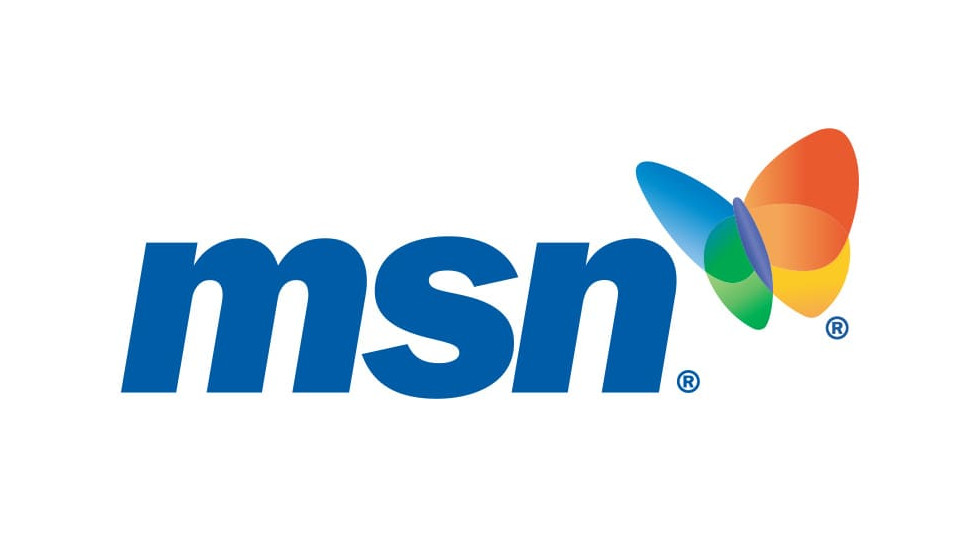A serial entrepreneur on what makes and breaks a new business
Shirish Nadkarni is one of few serial entrepreneurs who can say he has exited successfully from every startup he has ever launched.
His first company, TeamOn Systems, was an early pioneer of the SaaS model, providing customers with business-grade email and calendaring in the cloud. Although not everyone understood the value of the idea in 1999, and the company later had to pivot to a slightly different product, it went on to be acquired by BlackBerry a few years later.
In 2007, Nadkarni founded Livemocha, the first language learning company to adopt a conversational approach to teaching. Although it was never profitable, Livemocha quickly accrued millions of users and was eventually snapped up by Rosetta Stone.
- Check out our list of the best productivity software right now
- Here's our list of the best project management software around
- We've built a list of the best collaboration tools on the market
Finally, there was Zoomingo, a mobile app that helped shoppers identify stores running sales in their local area. At one point, the app managed to climb into the top ten in the Apple App Store (and top 25 on Android), and it too was acquired.
However, Nadkarni suggests his shining report card doesn't necessarily paint a full picture; he made many fundamental mistakes along the way. And while an exit is the goal of almost all entrepreneurs, Nadkarni never enjoyed the luxury of selling on his own terms, precisely when he wanted to.
An education at Microsoft
Nadkarni came to the US in the early 1980s to study computer science, which wasn’t taught widely back home in India. “I was fascinated by computers; what you could do with them, what you could build,” he explained.
After graduating from the University of Michigan, he undertook an MBA at Harvard Business School, with an eye on entrepreneurship. He hoped to learn how to blend technical skill with business know-how, a formula that was being applied to great effect in Silicon Valley.
However, Nadkarni suggests his education only truly began after he landed a job at Microsoft. It was here he gained practical experience and an appreciation for the qualities that separate a brilliant idea from a mediocre one.
“I learned a lot at Microsoft,” he said. “I learned how to build, launch and market great products, and I understood the business models. So I had a really good grounding that I could use to become successful in the startup environment.”
It’s hard to imagine, but Microsoft was itself a startup when Nardkarni first joined, with only roughly 1,000 employees. At the time, the company was looking to branch out into new product areas, beyond hardware, office software and its Windows OS.
Initially, Nadkarni was brought in to help launch the company’s first email product, Microsoft Mail, but he ended up working on a wide range of major projects during his twelve-year tenure.
In 1997, Nadkarni took charge of Microsoft’s first foray into the search market. After some discussion, the company took the decision to partner with a third-party, Inktomi, instead of building its own search engine in-house. Nadkarni says he attempted to convince Bill Gates to invest more resources into search, but Gates “wasn’t ready at that point”. It’s fun to imagine what might have been, had his decision been different.

Around the same time, he architected the launch of MSN.com. Microsoft was late to the party and looking to close the gap on the likes of Yahoo! and Excite, but Nadkarni had a trick up his sleeve: the $500 million Hotmail acquisition, Microsoft’s largest purchase at the time.
The rationale was that Hotmail, the first service to allow users to access their inbox via web browser, would give people a reason to return to MSN time and again. “We wanted to create a sticky solution that would keep users coming back. And email is a very sticky application; people check their email multiple times a day,” he explained.
Eventually, MSN grew to become one of the world’s largest web portals, and so it remains today. But it wasn’t just the strategic value of Hotmail that got Nadkarni excited - he had fallen in love with the product too.
“I thought Hotmail was a brilliant idea; providing web-based email for consumers. So I thought, why not offer enterprise-grade email in the cloud?”
At the height of the dotcom boom, Nadkarni waved a fond farewell to Microsoft to start a business of his own: TeamOn Systems.
Misconceptions and mistakes
Although Nadkarni has now retired from entrepreneurship, he is kept busy by a new pursuit: writing. His first book, called From Startup to Exit, aims to provide a complete resource for first-time founders.
Many startup manuals focus on one specific aspect, Nadkarni says, but very few unpack each step of the entrepreneurial journey. One of the first barriers, of course, is deciding to start a business in the first place.
“There are many misconceptions about what makes an entrepreneur; you don’t need to have started a business by the age of 15, or be a visionary leader like Bill Gates or Elon Musk,” Nadkarni said.
He concedes that leadership skills are important, but says there are other equally indispensable attributes: a knack for product, sales ability and doggedness in the face of adversity.
“In some respects, entrepreneurs are all cut from the same cloth, because they share a common pool of traits. But you can be quiet and successful, so long as you compensate in these other areas.”
Asked about the most common mistakes new founders make, Nadkarni told us that many people approach business from the wrong direction, by creating a product before they have a problem to solve with it.

“Often, technologists will build a solution and find out whether there are customers only later. But the most exciting businesses today - the likes of UiPath, Apptio etc. - are all built around specific problems identified by their founders,” he explained.
This is a mistake Nadkarni admits to making himself. He says he was convinced a cloud-based email system would prove immensely popular with businesses, but he failed to do the necessary market research. “I was the typical arrogant technologist.”
This backwards approach to product design also has a tendency to create further problems down the line, especially when it comes to fundraising. It’s all well and good to present venture capital firms with an attractive piece of technology and to spin a compelling story, but without evidence of traction they are unlikely to invest.
Nadkarni thinks that many startups attempt to raise capital too soon. Launching a new business has a lot to do with timing, he says, and the same can be said for knowing when to leave one behind.
To sell, or not to sell
When Nadkarni speaks about the sale of TeamOn Systems and Livemocha, two landmark achievements in his entrepreneurial career, it’s with a surprising hint of wistfulness.
Many business veterans have written about the difficulty of knowing when to sell but, in practice, plenty of founders discover the decision is effectively made for them. Such was the case for Nadkarni, who found he was always at the mercy of circumstance.
In the case of TeamOn Systems, the dotcom bubble had burst and the company had to make a choice between accepting an unfavorable offer of funding or selling to BlackBerry.
A few years later, the sale of Livemocha was made necessary by the financial crash. Although the company had built up a large user base, it was not yet turning a profit, which made raising funds in the new climate all but impossible.
Over the last eighteen months, meanwhile, many other founders will have found themselves in equally difficult positions, courtesy of the latest black swan event: the pandemic. And plenty of them will have had no decision but to shutter their businesses entirely.
The silver lining, Nadkarni suggests, is that from the ashes of an event like the pandemic a new wave of innovation almost always rises up. Specifically, he anticipates a surge in the adoption of automation and other AI-powered technologies, a permanent shift away from full-time office work and the continued rise of direct-to-consumer ecommerce models.
Right now, Nadkarni spends the majority of his time helping other people kick start new businesses. Asked whether he might start another business himself one day - perhaps to capitalize on these new trends - he chuckled and shook his head. “But I’m certainly working on another book.”
- Here's our list of the best video conferencing services
Contributer : Techradar - All the latest technology news https://ift.tt/3l4GbbA

 Reviewed by mimisabreena
on
Sunday, October 03, 2021
Rating:
Reviewed by mimisabreena
on
Sunday, October 03, 2021
Rating:














No comments:
Post a Comment